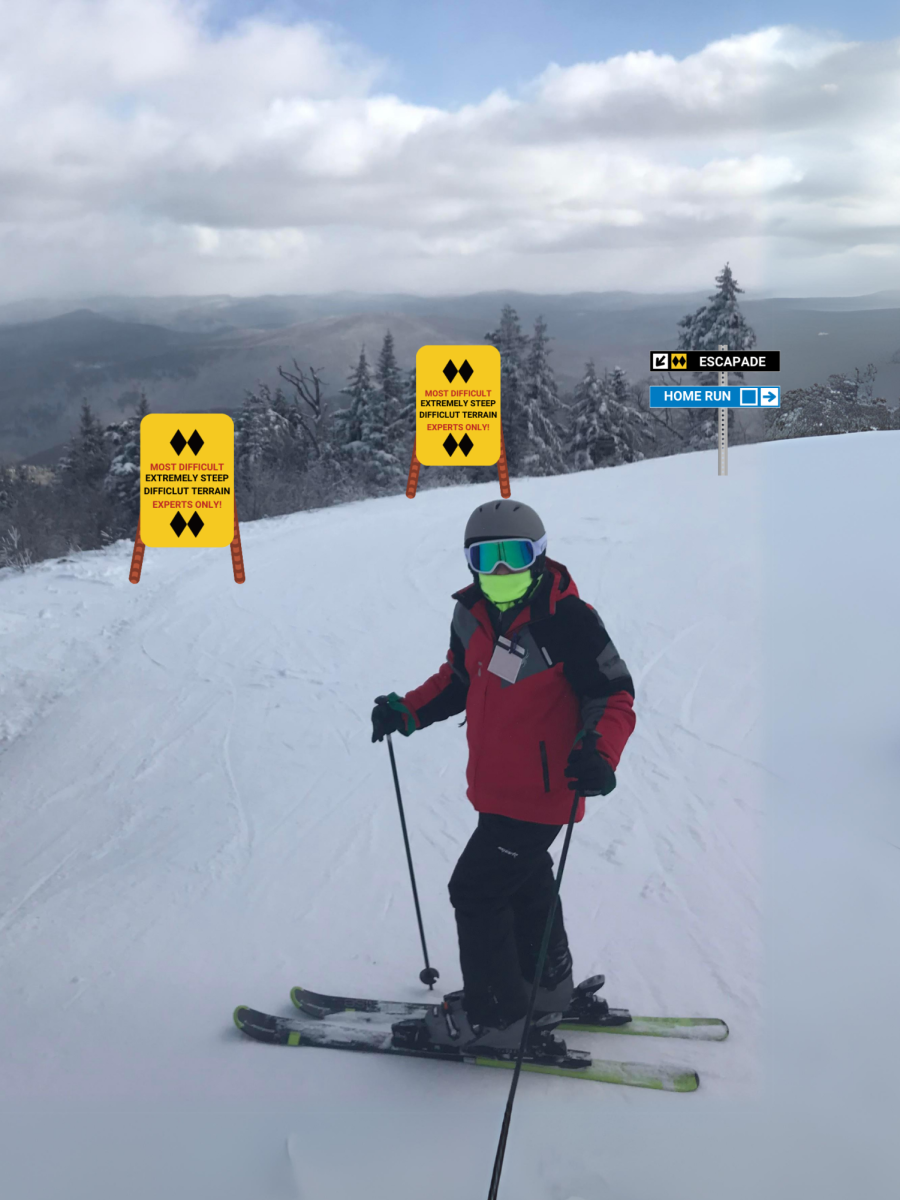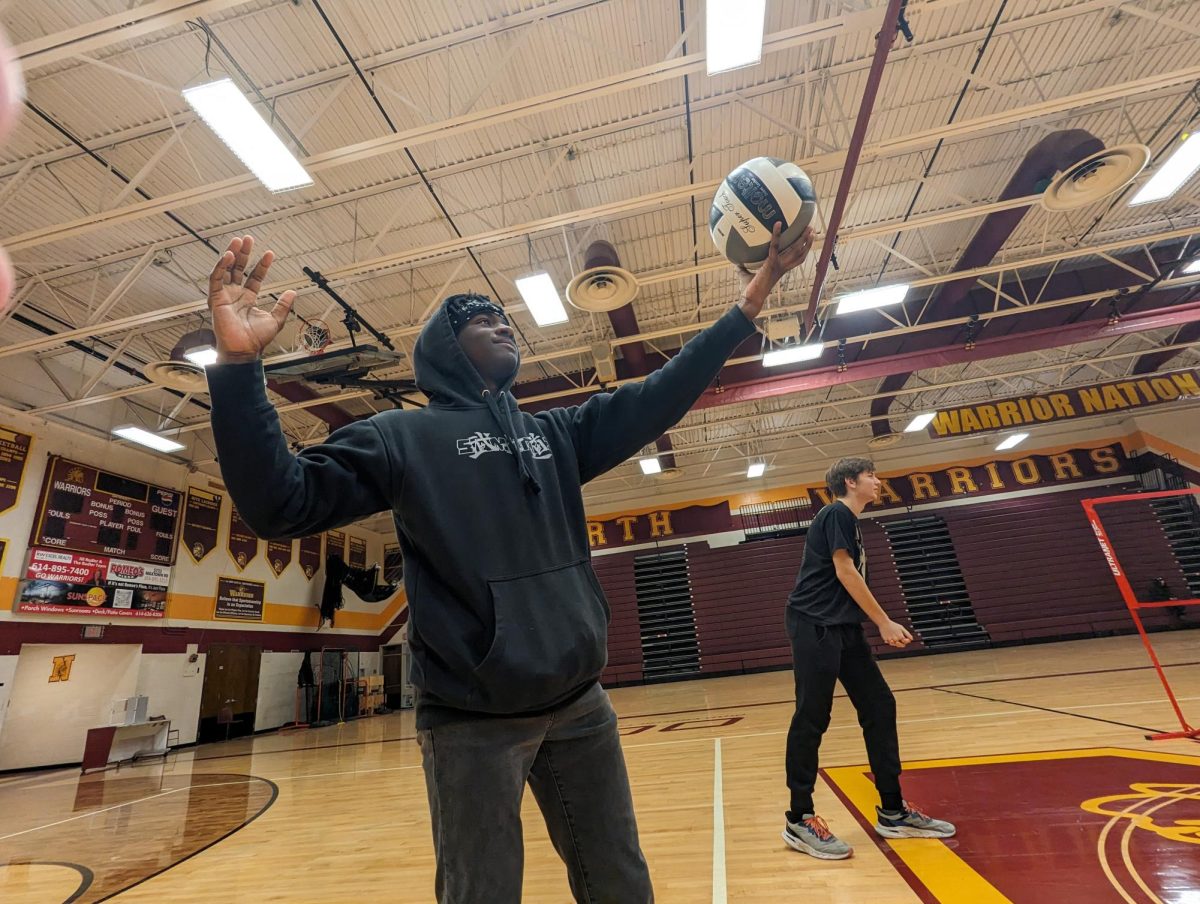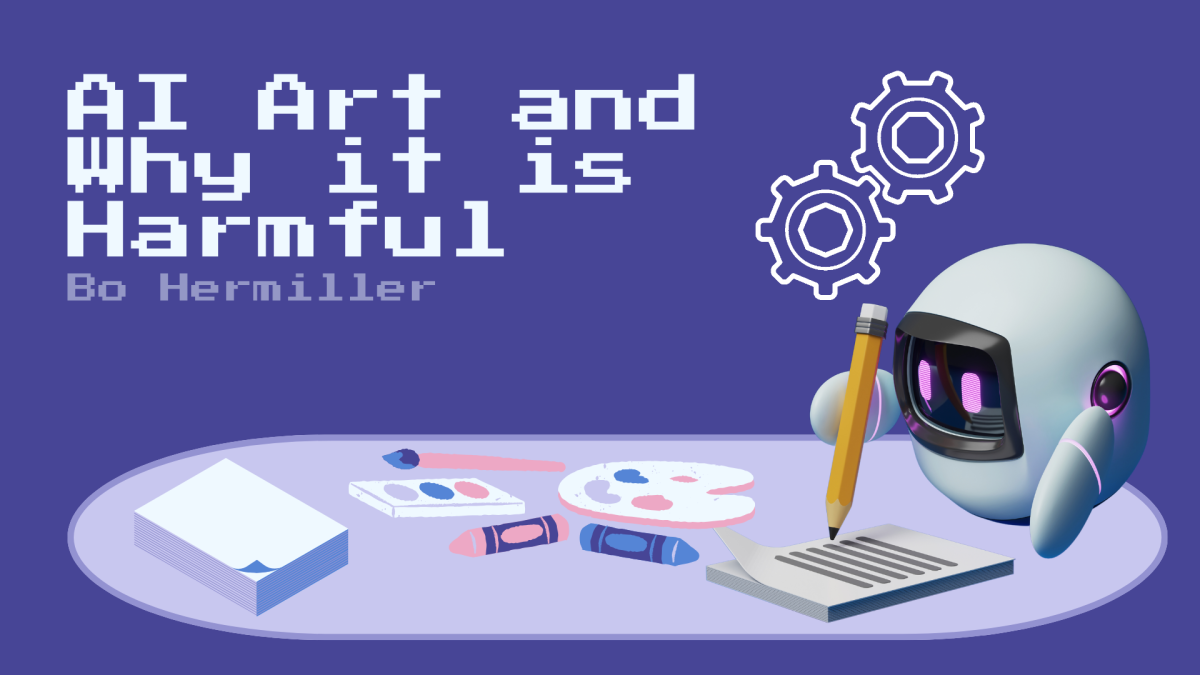Drivers divided on self-driving cars

Source: Creative Commons
Well-known names in the car industry, such as Tesla and Mercedes-Benz, are taking a big leap forward with the development of autonomous vehicle technology. These companies are optimistic about this revolutionary technology, but many drivers and passengers are unsure.
According to cyberlaw.standford.edu, several studies have found that upward of 90 percent of automobile accidents can be attributed to human error.
The goal of autonomous vehicles is to eliminate human error as much as possible to provide a safer transportation experience.
Tesla explains that full autonomy will enable their cars to be safer than a human driver, will lower the cost of transportation and will provide on-demand mobility for those who do not own a car.
Other car manufacturers have begun working with autonomous technology by implementing individual features designed to assist the driver with specific tasks. For example, a feature known as lane assist notifies drivers when their cars stray out of the lane markers on the road.
Honda is one of the many car companies that are slowly dipping their toes into the world of autonomous technology.
“Honda thinks it’s still a ways away until they can really perfect that technology so people can, you know, not even pay attention to what they’re doing. I think that’s what [Honda is] looking at long-term, where people can multitask and still have a safe car,” said Christopher Mark, a local Honda employee.
Few companies have ventured as far as Tesla with their autopilot feature.
The autopilot feature on Tesla’s vehicles involves eight external cameras, 12 ultrasonic sensors and radar technology to provide extra safety that the driver’s eyes alone cannot guarantee.
The cameras provide a 360 degree, 250 meter range view around the vehicle, while the ultrasonic sensors allow the car to detect obstacles and objects nearby. The forward-facing radar provides even more data and is capable of seeing through harsh weather conditions, such as rain or fog.
A high-powered computer in the car processes incoming information for the driver, so there’s no need to worry about becoming a technological wizard in order to drive to work.
Not only are Tesla’s autopilot features designed for maximum safety, some of them are automatically disabled. This is to ensure the driver is activating them deliberately, rather than by accident or without knowing what the feature does.
It may sound like these advancements have little to no downsides, but drivers are torn on the issue.
According to the Pew Research Center, a little over half of 4,135 surveyed Americans would not ride in a driverless vehicle if given the opportunity. Many cite safety concerns or a lack of trust in the technology as their reasoning.
“An airplane can fly on autopilot, but they’ve got the whole sky, and it just coasts along. I don’t know with a car; the roads change so much, and traffic … I kind of question how safe that would be,” Mark said.
Junior Nathan Gillenwater, one of a few North students to experience riding in a Tesla on autopilot mode, disagrees.
“I think [autonomous vehicles] are safe because I felt safe when I was riding in the car. Plus, it has a lot of features and cameras so you’re safe,” Gillenwater said.
Whether or not drivers are ready to welcome this change with open arms, there is one thing that many seem to agree on: drivers still need to be present and aware of what is happening around them.
“I think you still need the human factor, even with machines because humans can see things machines can’t. They can react differently than machines can,” Mark said.
Tesla said its autopilot mode is not designed to be used without an attentive driver. Drivers are responsible for keeping their hands on the wheel and should always pay attention to their surroundings.
“I would say still having control of the car is a good thing, just in case of a malfunction,” Gillenwater said.
The manufacturers of these vehicles agree, and it doesn’t appear that this will change anytime soon. So, sleeping while driving down the highway is still not an option.
For other health and technology stories, check out the print issue of The Odyssey!




























![Bob Bobel, of Westerville, worked in England for 7 years in the 80s and hung the British flag off his front porch last week. “[It] was put up for two purposes: One the Queen had died and secondly, a British lady wanted to give my wife a tea in the backyard for her birthday,” Bobel said.](https://wnhsodyssey.com/wp-content/uploads/2022/09/Screenshot-2022-09-27-4.12.30-PM-356x475.png)

